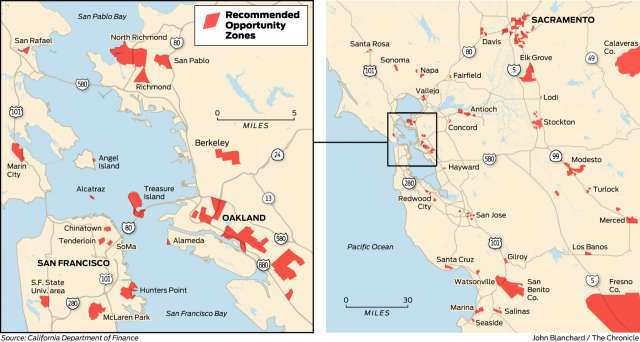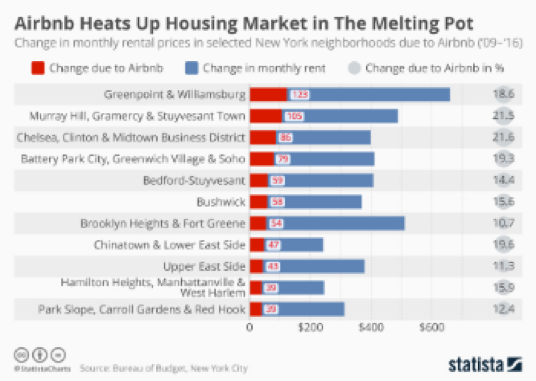Real Estate Syndication May Round Up
We spend 20+ hours a week listening to podcasts, reading blogs and books, and watching videos to provide you a 10 minute summary of the best new learnings for. Interest Rates Texas remains the hottest market with signs of growth …
Interest Rates
| This Week | Month Ago | Year Ago | |
|---|---|---|---|
| WSJ Prime Rate | 5.50 | 5.50 | 4.75 |
| FNMA 30 yr Mtg Com del 60 days | 3.82 | 3.76 | 4.22 |
| 1 Month LIBOR Rate Source: Bankrate Rate Watch | 2.48 | 2.48 | 1.93 |

Texas remains the hottest market with signs of growth stabilization
The Texas Triangle (Houston, Dallas, San Antonio, and Austin) continues to have strong fundamentals because of high job and population growth. According to Brad Dillman, Chief Economist with Cortland, the lack of “mortgage affordability” will lead to more demand for Multi-Family units, especially in Houston. While new construction has slowed down in Houston, it remains the #2 market after Dallas for the most active developers. While jobs and population rates continue to grow, the Texas market flirts with temporary oversupply and flattening rent growth curves. With that said, the long-term demand for multi-family housing remains high across the United States. With major markets stocked with Class A properties, opportunities for real estate syndication exist more in Class B and Class C and the affordable housing sector.

Opportunity Zone Legislation Benefits Real Estate Syndication (Tip: Silicon Valley IPOs!)
Investors with capital gains because of inheritance, divestment of stock, or other capital events can defer or reduce their tax liability by investing in Opportunity Funds (a program buried in the Tax Cuts and Jobs Act). You can view a list of Opportunity Zone areas on the CDFI website. Opportunity funds require investments in new construction or in improving existing buildings, including multi-family units. The Opportunity Zone provides real estate investors looking for real estate syndication two benefits –
- Target a new class of Millennial Investors who recently cashed out on major tech IPOs (Lyft, Zoom, Uber, Pinterest to name a few)
- Invest in Value Add Properties in Opportunity Zone Areas.
Traditional and Large Institutional Investors are geared up to pour billions and Real Estate Syndicators can also take advantage of this opportunity. Since the Opportunity Zones map was defined based on the 2010 census, there are significant opportunities for Real Estate Syndicators to invest in areas that have since been revitalized. Several opportunities exist in Silicon Valley, areas such as Oakland and San Jose that have seen gentrification and rising incomes because of migrations of tech workers and new jobs. Other opportunities exist in cities such as Los Angeles, Phoenix, and San Diego.

TIP: Underwriting Secrets shared by Top Industry’s Best Experts
You probably already have an underwriting model in place. Here are some tips from the top Real Estate Syndicators that you may want to integrate within your due-diligence process and underwriting model:
- Check to see AirBnB trends in the city and specifically the neighborhood of the target property. Increased activity on AirBNB correlates well with increasing unit rent and property
value - Go to Apartments.com to see the target property and neighboring properties for the most current rates and vacancy
- Understand the true insurance costs and ensure the property is not currently underinsured, especially for water-related damage
- Check to see if the Payroll costs truly incorporate the actual cost of managing the property
- Two deal killers are if the property has the highest room rent in the area and/or if the Syndicator is unable to understand or manage expenses
- Have a clear exit plan for each deal and plan that into your underwriting and due-diligence

Strong Lending Activity to Continue Through 2019
After an 8% increase in orgininations in 2018, multifamily and commercial properties are expected to increase by 5% in 2019. Strong job growth, stable economic fundamentals, and steady construction activity are the reason behind the expected growth. Originations from Fannie Mae/Freddie Mac are expected to remain on pace with 2018 and the largest growth is expected from alternative lenders such as REITs and Debt Funds. Lenders expect multi-family and apartment cap rates to increase while expecting the industrial cap rates to stabilize at 2018 levels. Multi-Family properties are expected to be largest asset type for loan originations.

